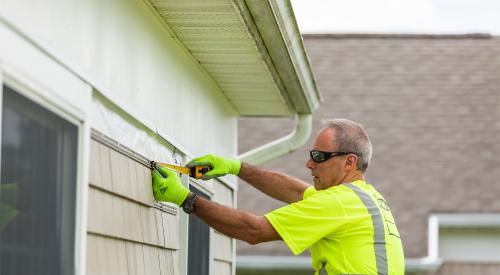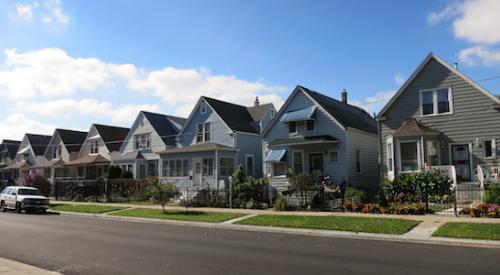| ||||||||||||||||||||||||||||||||||||||||||||||||||||||||||||||||||||||||
Nicolas Retsinas, director of the Joint Center for Housing Studies at Harvard University, attributes this to two characteristics of urban areas: housing stock that structurally lends itself toward rental, and a historical preponderance of immigrant populations, who tend to be poorer and younger than native-born Americans.
“Homeownership is correlated with both income and age,” Retsinas says. “When immigrants came to this country, they weren’t necessarily poised for homeownership, but then they enter prime home buying age. To the extent they are successful economically, they are great candidates for future homeowners.”
Retsinas says one way to provide more housing in urban areas is by forming working partnerships with major employers in the cities. But most important, builders and politicians must look at regulatory, zoning and land-use barriers.
“Affordability is always a challenge, but within cities, a bigger barrier is availability of land,” Retsinas says. “The political leadership in cities have recommitted themselves to increased homeownership as part of an overall community development strategy, and there is already an incredible amount of creativity among builders and not-for-profits to make the numbers work if they have the opportunity.
“The ’90s were a decade of experimentation in cities like Cleveland and Boston, and a lot of them were successful. The challenge for this next decade is whether we can go beyond the pilot and achieve some scale.”











